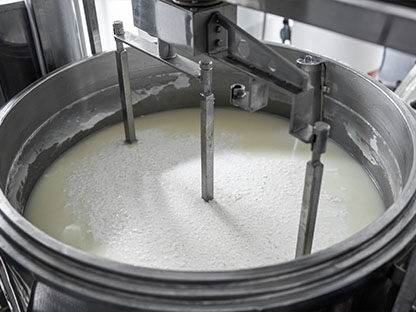Efficient candle production is key to maintaining quality, reducing waste, and maximizing profits. Whether you’re a small business or a large-scale manufacturer, refining your production process can save time, improve consistency, and boost customer satisfaction. Here are some essential tips to optimize your candle-making operations.
1. Use the Right Wax Melting Equipment
Investing in the right wax melting machine is crucial for efficiency. Choose a water-jacketed melter for even heating and digital temperature controls to prevent overheating. This ensures a smooth pour and better fragrance retention.
2. Maintain Consistent Temperature Control
Temperature fluctuations can ruin candle quality. To optimize production:
✔ Keep wax at the ideal melting temperature (varies by wax type).
✔ Preheat containers to prevent sinkholes and frosting.
✔ Avoid overheating, which can burn off fragrance oils and discolor wax.
3. Perfect Your Fragrance Load and Mixing Technique
Adding fragrance at the right temperature helps maximize scent throw while preventing separation.
- Ideal fragrance temperature: 170–185°F (77–85°C) for most waxes.
- Stir for at least 2 minutes to ensure proper binding.
- Avoid exceeding 10% fragrance load, as too much can cause sweating or poor burn performance.
4. Optimize Wick Selection and Placement
Wick size and type affect burn quality, tunneling, and sooting. To get it right:
- Match the wick size to the diameter of the container.
- Use pre-tabbed wicks for easier setup.
- Keep wicks centered using a wick holder or stabilizer.
5. Streamline Pouring and Cooling Processes
To increase efficiency and reduce production errors:
- Use multi-spout dispensers for faster, more precise pouring.
- Pour at the correct temperature to prevent wet spots and air bubbles.
- Let candles cure for at least 24–48 hours to enhance fragrance throw and hardness.
6. Improve Workspace Organization
A well-organized workspace speeds up production and reduces errors:
✔ Arrange materials in workflow order (melting, mixing, pouring, cooling, labeling).
✔ Keep tools like thermometers, scales, and stirring sticks within easy reach.
✔ Store wax, fragrance, and wicks in labeled, temperature-controlled areas.
7. Invest in Automation for Scaling Up
If you’re producing candles in large batches, automation can help:
- Automatic wax melters and dispensers reduce labor and increase accuracy.
- Labeling and packaging machines improve efficiency for high-volume orders.
- Inventory management software helps track raw materials and avoid shortages.
8. Perform Quality Control Checks
Regular testing ensures consistency and customer satisfaction:
- Test burn each batch to check for even melting and proper scent throw.
- Inspect for cracks, sinkholes, or frosting before shipping.
- Maintain a production log to track formula adjustments and results.
Final Thoughts
Optimizing your candle production process can save time, reduce costs, and improve product quality. By refining your equipment, workspace, and production techniques, you’ll create high-quality candles while maximizing efficiency.



